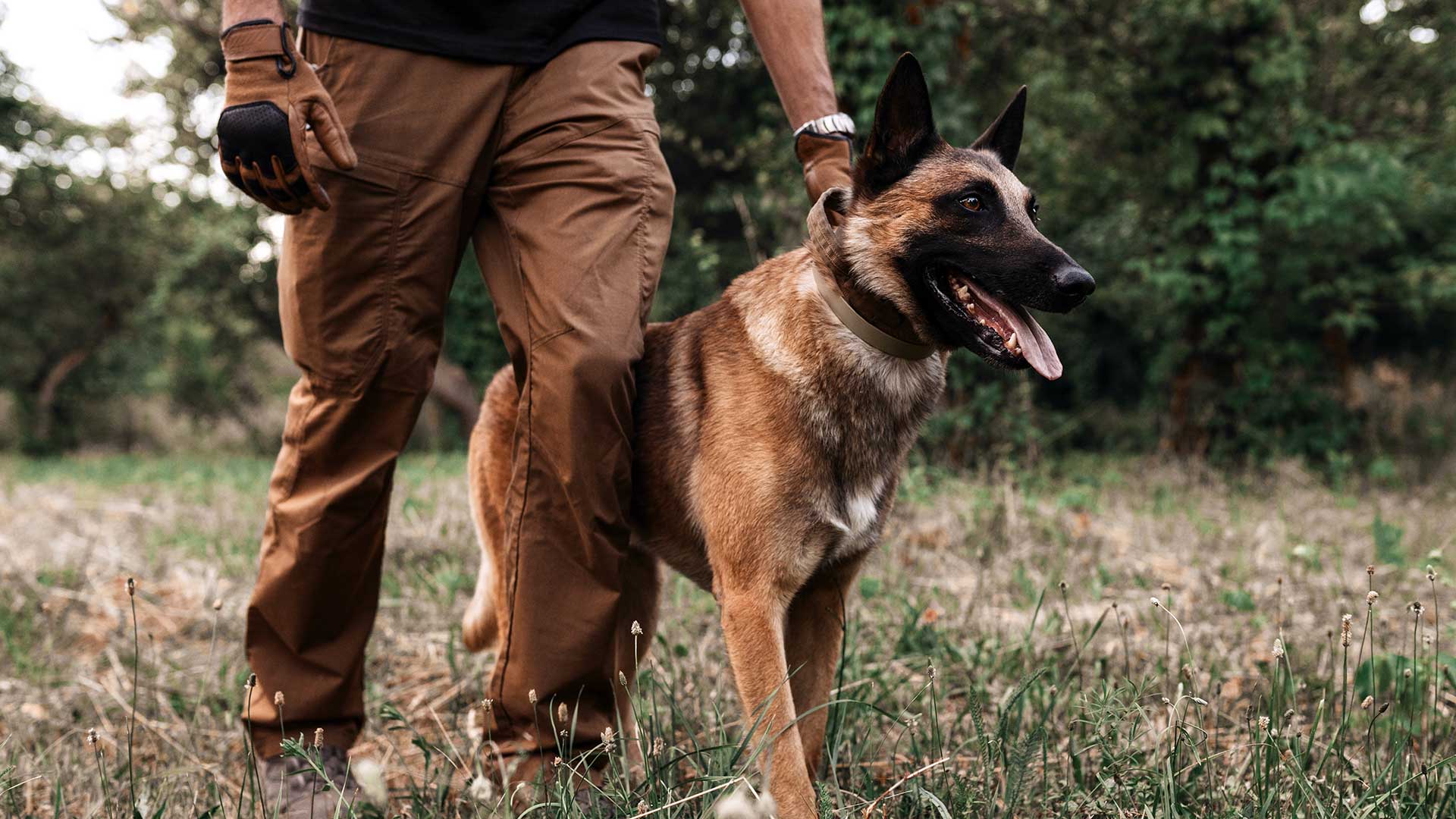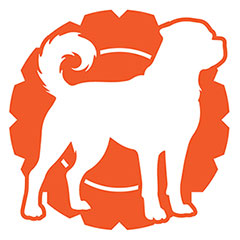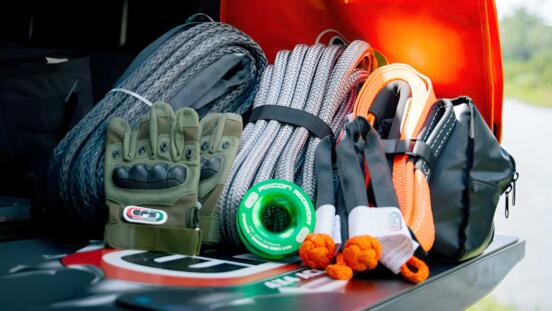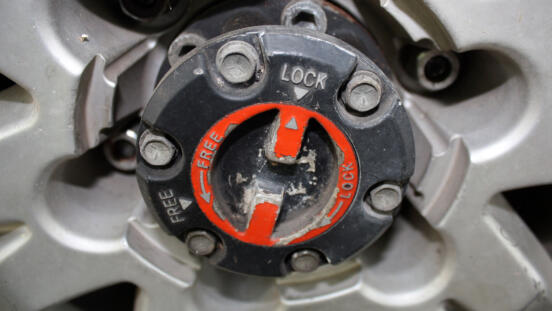
Having volunteered at animal shelters for many years, walking along the dog pens there are saddening patterns; Staffie, Staffie, Kelpie, Husky, Staffie, Keplie, Husky, Staffie… and on it goes. Large and working breeds far outnumber others.
People give dozens of reasons for giving up their dogs to shelters, but ultimately it boils down to one of two things; “not enough time” or some type of undesirable behavior from the dog (behavior that 99% of the time is down to the owners’ inaction, inexperience, or lack of attention in the first place).
It goes without saying that if an owner isn’t spending time with their dog(s) it’s cruel to leave it locked in their back yard constantly with no stimulation or enrichment, and the dog should be re-homed rather than neglected, but, in many cases the whole situation could have been avoided, and the majority of the dogs abandoned in shelters could have started life in their forever homes if owners had done a little research and given themselves and their lifestyle a bit more of an honest appraisal.
Just around my neighborhood recently, I’ve run into the following:
1) A frustrated Beagle owner (The dog is now one year old, and was raised from a pup) who thought his Beagle “would be really lazy”.
Older Beagles can become couch potatoes in later years, but they’re well documented as a high-energy breed, and a 30-second search on Google would have made it clear that “lazy” was not a realistic expectation for a Beagle puppy. The simple fact is he assumed it would be lazy. He didn’t know and he didn’t check.
2) An elderly couple who’ve never owned a dog before and adopted a 66kg (145 lbs) Mastiff. The dog had not had any prior obedience training, and wherever it wanted to go, it simply dragged the struggling owner along behind it with virtually no resistance.
Even together they barely have the strength to stop the dog simply walking off. Fortunately, the dog is good-natured and unlikely to cause trouble, and it’s to their credit they would try and save a dog from a shelter, but in this case, it’s simply too much dog for them.
3) A couple who wanted a “small” dog, and had bought an American Bulldog. The size of a puppy’s feet is usually a good indicator of how big they will get, and at 10 weeks old this pup had flippers. We were chatting while our dogs played and I commented that he looked like he was going to grow into a big boy.
They asked “Bulldogs don’t get that big, do they?” and a look of shock passed between them when I said a male can be over 50kg (110 lbs).
4) Lastly, a couple who live in a small apartment with a tiny yard and adopted an Australian Kelpie. Both owners work full time and the dog is exercised in the afternoon only.
To say Kelpies’ energy levels are typically “high” is an understatement. They are a working breed that needs something to do. Unsurprisingly, when left alone for 10 hours a day while the couple are at work, and with no room to stretch their legs, the Kelpie is constantly bored and frustrated. What little backyard they have has been dug into something that resembles a quarry, and at least one possession is chewed/destroyed daily.
Where are they now?
The Beagle spends virtually all his time in the yard by himself. The owners are only prepared to take the dog out for about 20 minutes each day and even when they’re home the dog is kept outside alone (and regularly yelled at for barking).
I haven’t seen the Mastiff or Bulldog owners for months now, and suspect both dogs have been re-homed.
The Kelpie has been re-homed.
Other common situations include owners who don’t do any obedience training buying notoriously store-willed or stubborn breeds and becoming frustrated when the dog doesn’t immediately respond to commands. Worse is people buying a “guard dog” breed and allowing aggression to go unchecked while providing no training or leadership; this is a recipe for disaster. Any dog is guaranteed to resort to destructive behavior when constantly left alone and not exercised.
To be clear, the purpose of this article is not to demonize the individuals, it’s not to criticize novice owners, or to big-note anyone who calls themselves an experienced dog handler, and it’s certainly not to discourage people from getting a dog.
The point is to think, do your research, be honest with yourself, and make an informed decision.
- Will you spend enough time with a dog who doesn’t deal well with being alone?
- Is your lifestyle active enough for a high-energy breed?
- Do you have the time and discipline to provide the required time?
- Can you be firm and consistent enough with a strong will breed?
- Can you handle a large breed dog physically?
No one who knows anything about dogs was granted the knowledge by a genie, they did their research and associated themselves with dogs through first-hand experience. If you don’t know if a breed is right for you, find out. The information is out there, there are plenty of kennels, dog clubs, and trainers to speak to.
Don’t choose a breed just because you like its appearance. Don’t buy a “guard dog” if you don’t know how to train it. And for the love of god don’t buy a Husky just because you’ve been watching Game Of Thrones.
(That last one is not a joke, it’s genuinely why there was an influx of Husky’s at my local shelter).
# How to choose a dog breed, which dog breed is right for me?






